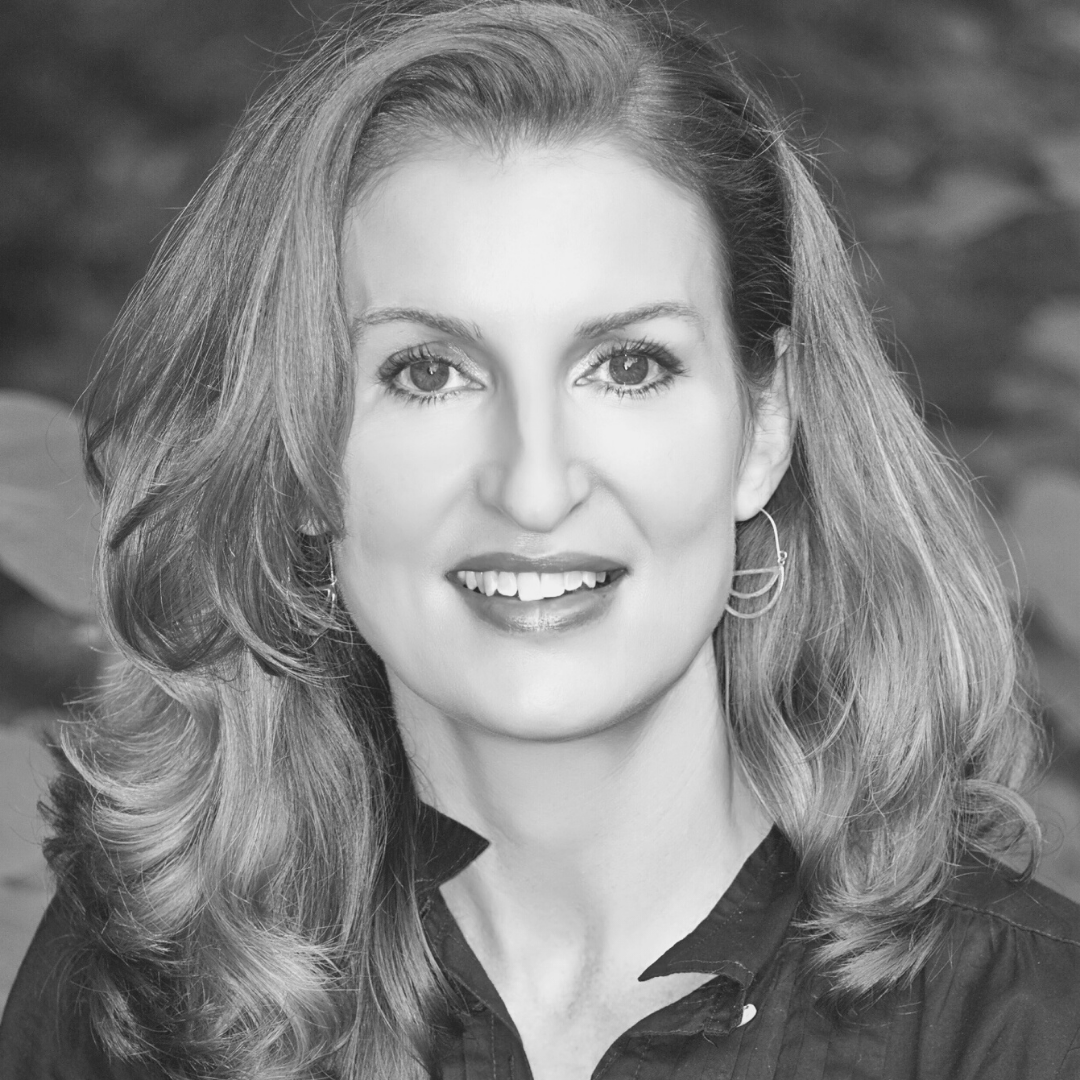


Next Insurance CPO & 2022 Global CPO 20 winner Effi Fuks Leichtag shares truths on hiring talent & scaling product teams to accelerate growth
Box CPO Diego Dugatkin shares insights on creating the best product teams, embracing vision, and building next gen product leaders
Microsoft Health AI Product Lead Arun Ravi shares insights on how to create the right team to drive success in your company.